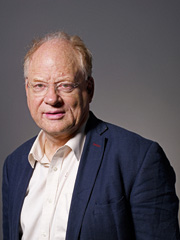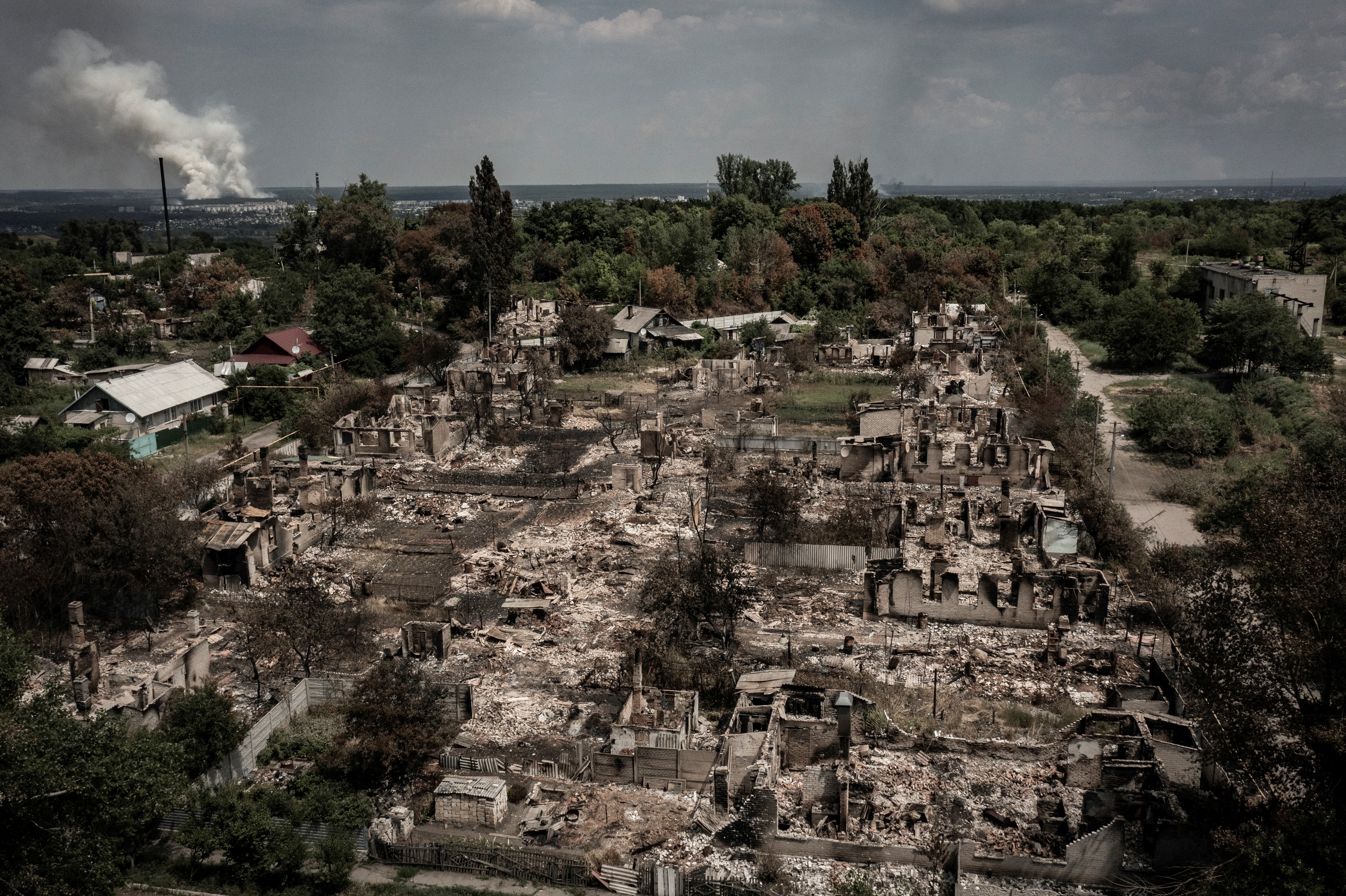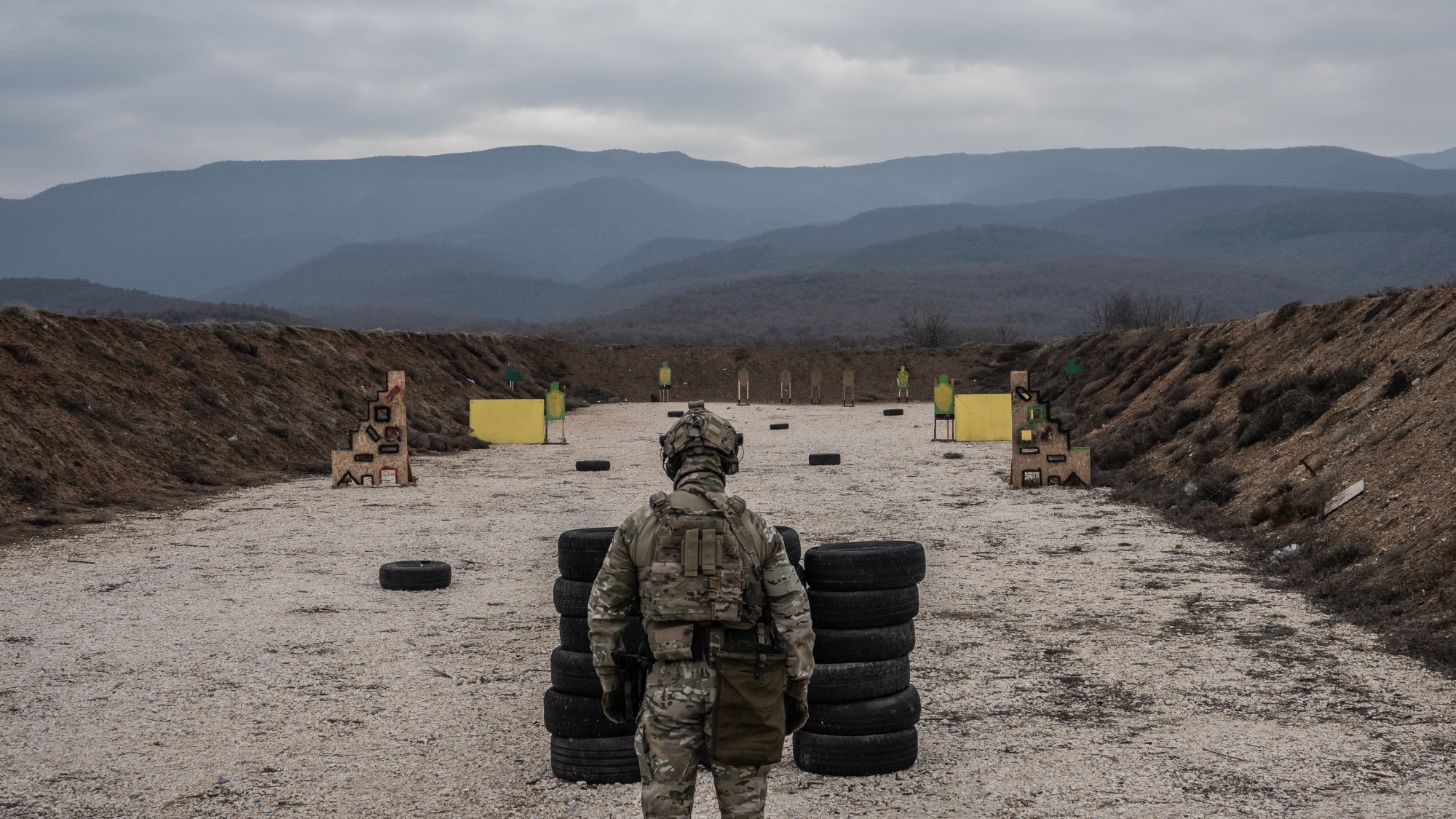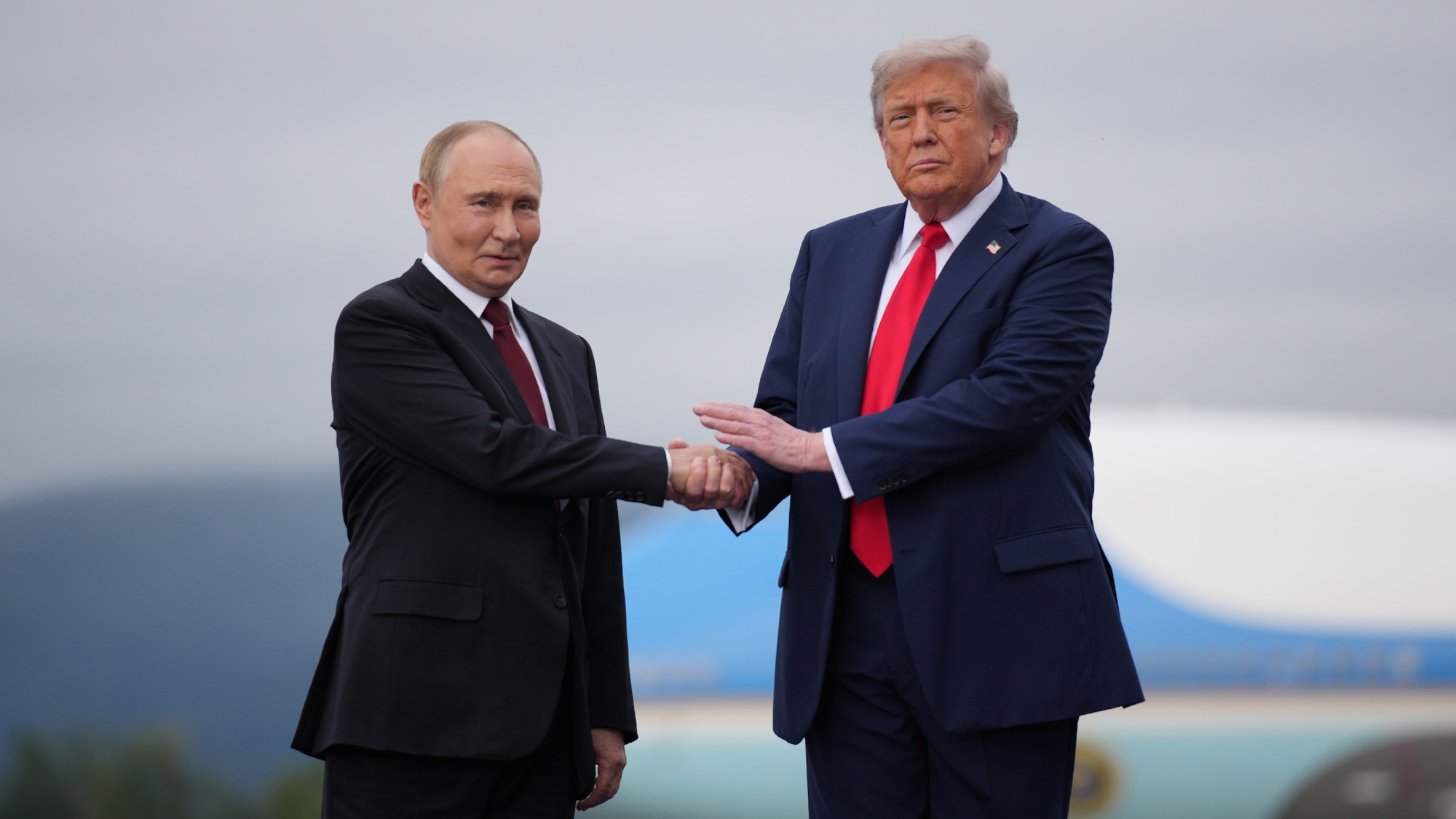Mystery sub in Swedish waters: what’s Putin up to now?
Cold War fears resurface as Moscow denies submarine is theirs - despite strong evidence to the contrary

The ‘Hunt for Reds in October’ is how Swedish headline writers have dubbed the week-long search for a mystery Russian submarine marauding off Sweden’s rocky coast. But for the newly elected centre-left government in Stockholm, and the military command, the episode is no piece of fiction from a Tom Clancy thriller or Kurt Wallander mystery.
The Swedish authorities are adamant that a foreign submarine has been sighted no fewer than five times in Sweden’s home waters. The first indication that it might be Russian was an intercept of a distress radio signal back to the base at Kaliningrad, the Russian enclave on the coast of Latvia.
Suspicion was fuelled by the first Russian denials. Moscow said none of its subs had gone missing and that the vessel in question was a Dutch submarine that had gone off course returning from a Nato exercise in the Baltic. The Dutch Navy responded within hours, saying its submarine, the Bruinvis, had completed the Nato deployment on schedule.
The Week
Escape your echo chamber. Get the facts behind the news, plus analysis from multiple perspectives.

Sign up for The Week's Free Newsletters
From our morning news briefing to a weekly Good News Newsletter, get the best of The Week delivered directly to your inbox.
From our morning news briefing to a weekly Good News Newsletter, get the best of The Week delivered directly to your inbox.
At the weekend, fanciful rumours and speculation grew. One witness said he saw the sub inshore and a man in a black frogman suit close by. Amateur submarine spotters suggested that this might be an agent being landed or recovered, and that the boat was a new Russian ‘stealth’ coastal spy submarine.
The October sub hunt follows a series of incursions by Russian aircraft into Swedish and Finnish air space. Last year, a Sweden daily revealed that Russian planes had simulated a missile attack on Stockholm, now known as the ‘Easter Raid’. The Swedish air force was not able to scramble its Gripen fighter aircraft in time for an effective response.
This year there have been incursions by Russian military aircraft in the air space of the three Baltic republics - Lithuania, Latvia and Estonia - that are now Nato allies. In early September Russian forces kidnapped an Estonian intelligence officer in a cross-border incident.
The Swedish government fears that it is now seeing a repeat of a whole series of incidents involving Russian submarines probing coastal defences and potential strategic targets during the Cold War. One Russian sub ran ashore at Karlskrana in 1971 and had to be towed off by the Swedish Navy.
A free daily email with the biggest news stories of the day – and the best features from TheWeek.com
A very real fear this time is that the vessel may be a nuclear submarine that has broken down, the risk compounded by the possibility it could be carrying tactical nuclear munitions.
The governments of both Sweden and Finland show no intention of surrendering their neutrality – though there has been speculation that with the new vitality in eastern Europe they will get closer to Nato, and may even join the alliance.
The immediate worry for Stockholm is what is seen as an urgent need to upgrade naval and air force capability. With the Visby class corvette, the Swedes have one of the most advanced ‘stealth’ inshore vessels. Yet they have no adequate anti-submarine helicopter like the British Merlin. Prime Minister Stefan Lofven has admitted: “We need to put more resources into defence.” Currently it has only 15,300 regular forces and spends 1.2 per cent of GDP on defence.
Of greater concern is the complex game of shadow-boxing being played by Vladimir Putin in his strategy to challenge Nato on its eastern fringe – a game he appears to be winning on points at present.
Despite the uneasy ceasefire in eastern Ukraine, the diplomatic offensive against Nato continues. Major agreements between Russia and the alliance, such as the Founding Act to stabilise Eastern European in 1997, and the Conventional Forces and Strategic Arms treaties that emerged from the Cold War, are being questioned in principle, with a real possibility that they could be tested to breaking point in practice.
For good measure, just this week Moscow has again questioned Ukraine’s good faith in establishing a new deal for Russian gas, and the liquidation of debts to the Russian supplier, Gazprom.
The submarine saga along Sweden’s scenic shores should raise discussion of another important possible strategic development – a red flag for red October, as it were. Much of Putin’s potent image is based on military power, and this includes naval power.
This means the Russian fleets projecting their strength beyond the home waters of the eastern Baltic and the Black Sea round Sevastapol. Russian naval ships are now sailing across the Arctic, into the eastern Mediterranean, the Gulf and beyond into the Indian Ocean and Pacific.
So far we have little indication - not least from Nato and the USA - of how this challenge could or should be met.
is a writer on Western defence issues and Italian current affairs. He has worked for the Corriere della Sera in Milan, covered the Falklands invasion for BBC Radio, and worked as defence correspondent for The Daily Telegraph. His books include The Inner Sea: the Mediterranean and its People.
-
 A lemon-shaped exoplanet is squeezing what we know about planet formation
A lemon-shaped exoplanet is squeezing what we know about planet formationUnder the radar It may be made from a former star
-
 Political cartoons for January 4
Political cartoons for January 4Cartoons Sunday's political cartoons include a resolution to learn a new language, and new names in Hades and on battleships
-
 The ultimate films of 2025 by genre
The ultimate films of 2025 by genreThe Week Recommends From comedies to thrillers, documentaries to animations, 2025 featured some unforgettable film moments
-
 All roads to Ukraine-Russia peace run through the Donbas
All roads to Ukraine-Russia peace run through the DonbasIN THE SPOTLIGHT Volodymyr Zelenskyy is floating a major concession on one of the thorniest issues in the complex negotiations between Ukraine and Russia
-
 How Bulgaria’s government fell amid mass protests
How Bulgaria’s government fell amid mass protestsThe Explainer The country’s prime minister resigned as part of the fallout
-
 Is Europe finally taking the war to Russia?
Is Europe finally taking the war to Russia?Today's Big Question As Moscow’s drone buzzes and cyberattacks increase, European leaders are taking a more openly aggressive stance
-
 Pushing for peace: is Trump appeasing Moscow?
Pushing for peace: is Trump appeasing Moscow?In Depth European leaders succeeded in bringing themselves in from the cold and softening Moscow’s terms, but Kyiv still faces an unenviable choice
-
 Femicide: Italy’s newest crime
Femicide: Italy’s newest crimeThe Explainer Landmark law to criminalise murder of a woman as an ‘act of hatred’ or ‘subjugation’ but critics say Italy is still deeply patriarchal
-
 Brazil’s Bolsonaro behind bars after appeals run out
Brazil’s Bolsonaro behind bars after appeals run outSpeed Read He will serve 27 years in prison
-
 Americans traveling abroad face renewed criticism in the Trump era
Americans traveling abroad face renewed criticism in the Trump eraThe Explainer Some of Trump’s behavior has Americans being questioned
-
 Nigeria confused by Trump invasion threat
Nigeria confused by Trump invasion threatSpeed Read Trump has claimed the country is persecuting Christians